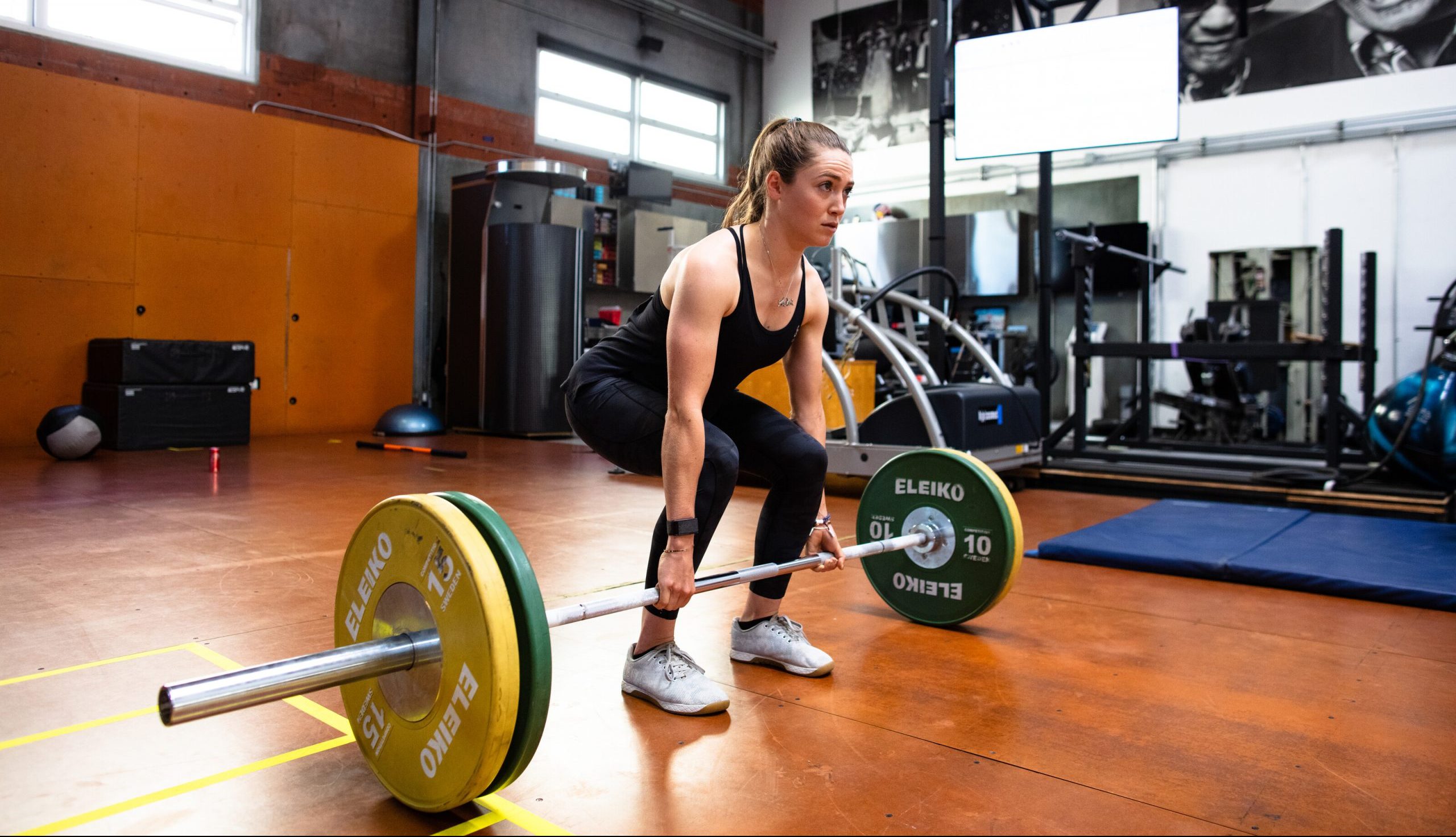The methodology ofgym training has changed a lot in recent years and training with overloads is an increasingly common practice among cycling and mountain biking enthusiasts, especially among those who have competitions in their sights.
Nonetheless, there are still too many preconceptions on this type of training for endurance disciplines and still exists a lot of confusion on the right ways of performing the exercises to obtain real improvements in terms of watts and economy in the pedaling gesture.
To clarify these doubts once and for all we asked for help from Claudio Cucinotta, former road professional, graduate in Motor Sciences, athletic trainer of Team Astana and many prominent athletes who practice Xc and Cyclocross (including Nadir Colledani, Luca and Daniele Braidot).

Here are the coach’s answers to the most frequently asked questions about training in the gym for Mtb.
– How important is the gym in the preparation of the biker?
– Is critical. Especially in recent years, it has been realized how important it is in terms of strength development, both of the lower limbs (engaged in the actual pedaling), and of all the other muscular districts, responsible for posture and driving the bike downhill and in the technical sections, which in particular in the modern Xc are increasingly present and demanding.

– Do you recommend it to all those who have competitive goals or just to those who have special needs?
– Anyone who knows me knows that 100% of the questions I am asked about training, my answer is always “It depends”.
It is certainly essential for those who have competitive goals of a certain level, I am referring to the real competitive categories, which as mentioned before compete on increasingly technical and physically demanding courses.
For an amateur athlete, it depends on the time he has available: if he is discreet, then it will certainly be advantageous to dedicate some time to the gym, if it is very small then it will be necessary to evaluate whether it is worth sacrificing some of the few hours he can dedicate to training in Mtb in favor of the gym, or not, also considering the characteristics of the athlete and his possible gaps.
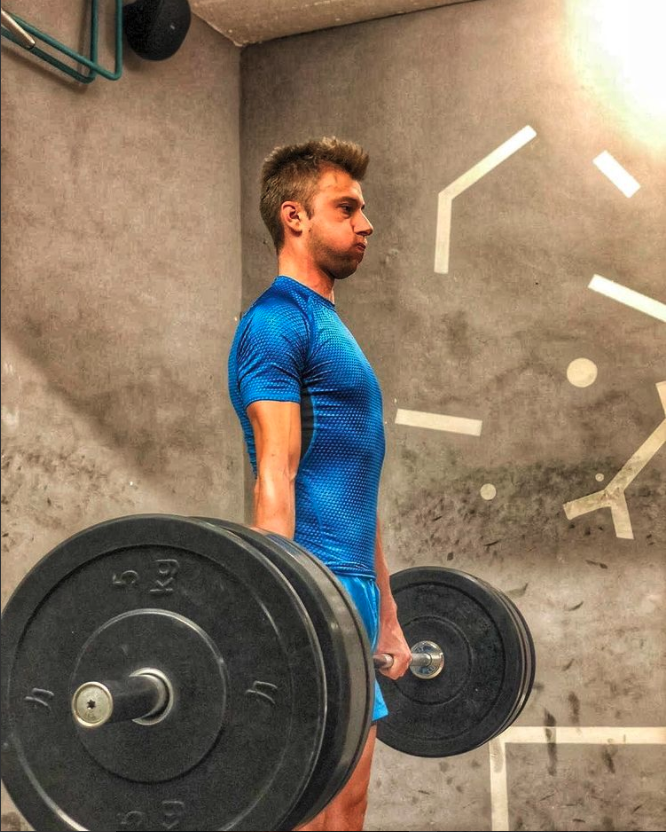
– Loads: the concept of low load and high repetitions seems outdated for the endurance athlete. Tell us briefly why and how we currently work.
– It depends on what is meant by “low load and high repetitions”. If we mean a number of repetitions of 30-40 and more, then we can say that the stimulus is not sufficient to create adaptations from the point of view of strength. Or, in any case, it is a stimulus that I can reproduce in a similar way (from the point of view of strength) with the bike, by carrying out specific works.
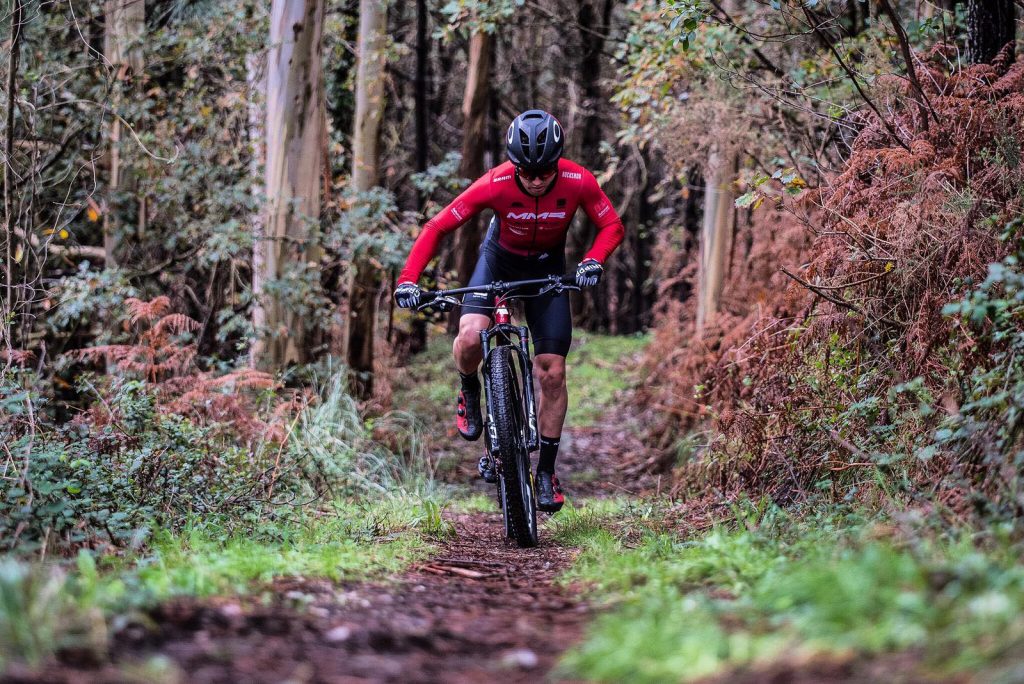
For the development of maximum strength (very useful in Xc) I tend to work with a number of repetitions between 6 and 8. Not less because, in my view, the risk of injury increases exponentially with increasing load and play not worth the candle. Also very important is the explosive work with jumps and leaps, with exercises such as squat jump, slip squat jump … Here too with a number of repetitions from 6 to 8 tendentially.
If we are talking about Marathon athletes, then it can also make sense to work with a lower load and a higher number of reps, up to 15-20 reps.
I would like to underline that these are very general indications, then every athlete has his own needs.
– Is it possible to increase strength without increasing body weight and maintaining shine? If so, how?
– Again it depends, mainly on the muscular characteristics of the athlete. There are those who tend to gain weight even by working very little in the gym and those who struggle to put on a pound of muscle mass even by working as a bodybuilder.
In general, it is possible to increase strength without gaining weight, or in any case increasing very little, working as mentioned above: mainly free body exercises or with small overloads, dynamic and in some cases explosive execution, not high number of repetitions for the few. exercises with heavy load.
– Better bodyweight work or machines?
– If there are no problems of various kinds, such as the limits of execution of some weightlifting exercises (such as squats, turns …) due to postural or technical problems, better bodyweight exercises with and without overloads. By overloads we mean dumbbells, barbells, medicine balls and similar tools, but also the exploitation of your own body weight.
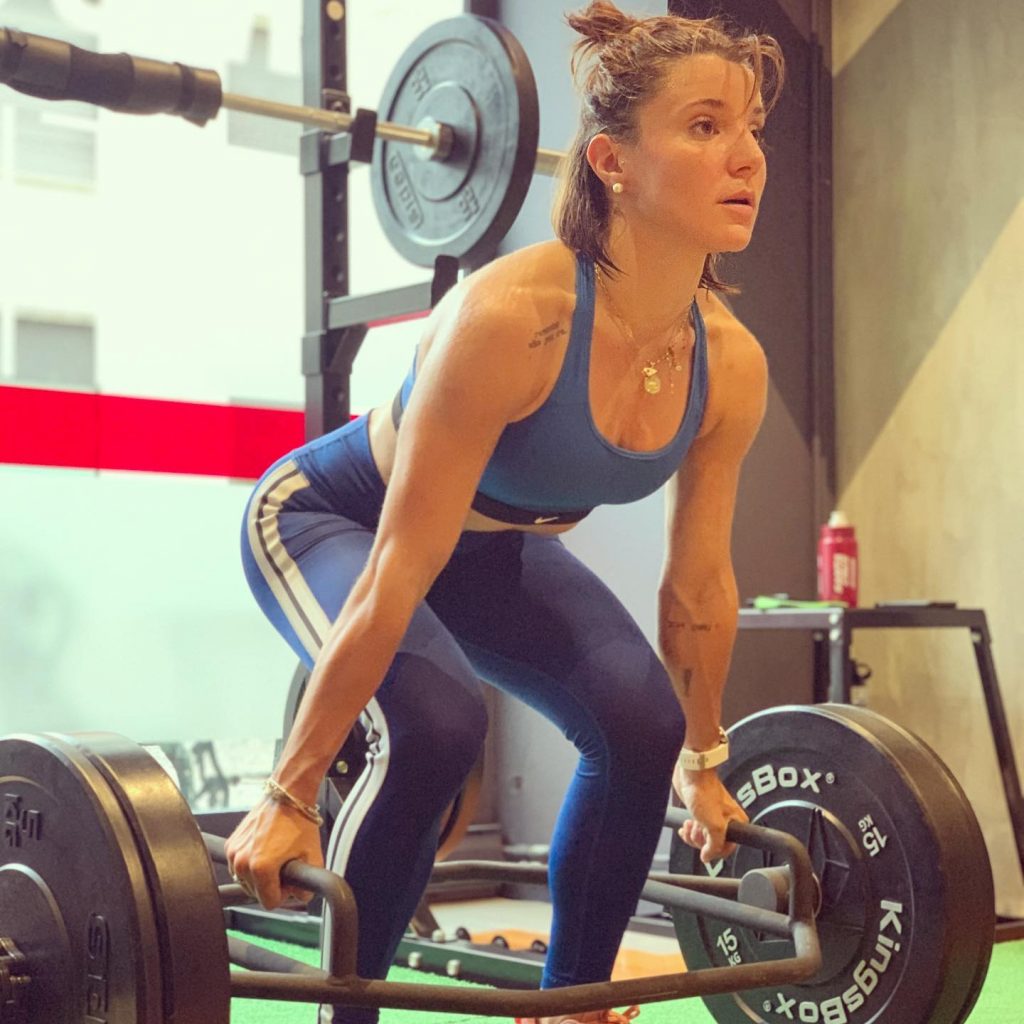
– What exercises / machines do you recommend to bikers?
– If we talk about machinery, generally the only real machinery that I usually propose is the Leg Press, because I think it is the one that best simulates the push gesture of pedaling. In some cases it is better to use it instead of exercises such as squats and lunges, because it allows you to manage higher workloads with very low risk of injury.
For the rest, the exercises that I propose most often are squats, squat jump, split squat jump, step up, power step up, lunges, plank, various core stability exercises and all their variants, with the use of small tools such as TRX , fitball, kettlebell, medicine balls, proprioceptive tablets, bosu …
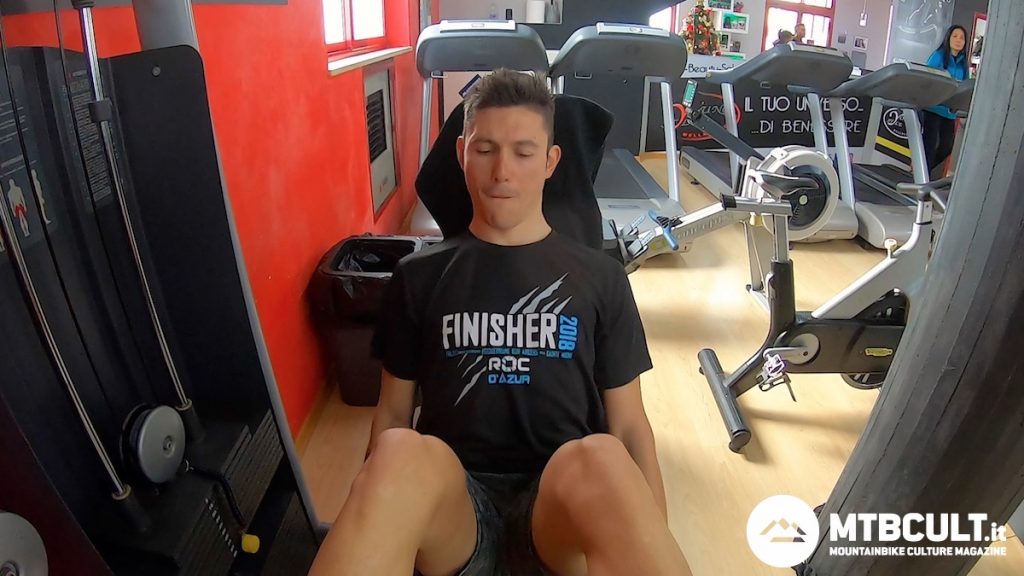
– The concept of “transformation” is now outdated, but almost all professionals, after the gym, still do a leg or a session on the rollers. Because? Is it a necessary habit for the amateur too?
– There are two main reasons why the post gym “streak” is maintained, even by me in many cases.
The first reason is to be attributed to the fact that the gym is included in a training program in which, probably, the athlete will have another workout to perform the next day. Therefore, the post-gym “stalking” has a relaxing effect, just as after having done a specific demanding work session on a bike it is better to cool down a bit to be ready to work in the following days.
The second reason is, in my opinion, of a psychological nature. Taking a ride on a bike after the gym often has the effect of immediately making the athlete feel how much the muscles have worked and of returning, at the end of the ride, the sensation of fluidity of pedaling, which perhaps can fail without adequate cool-down phase.
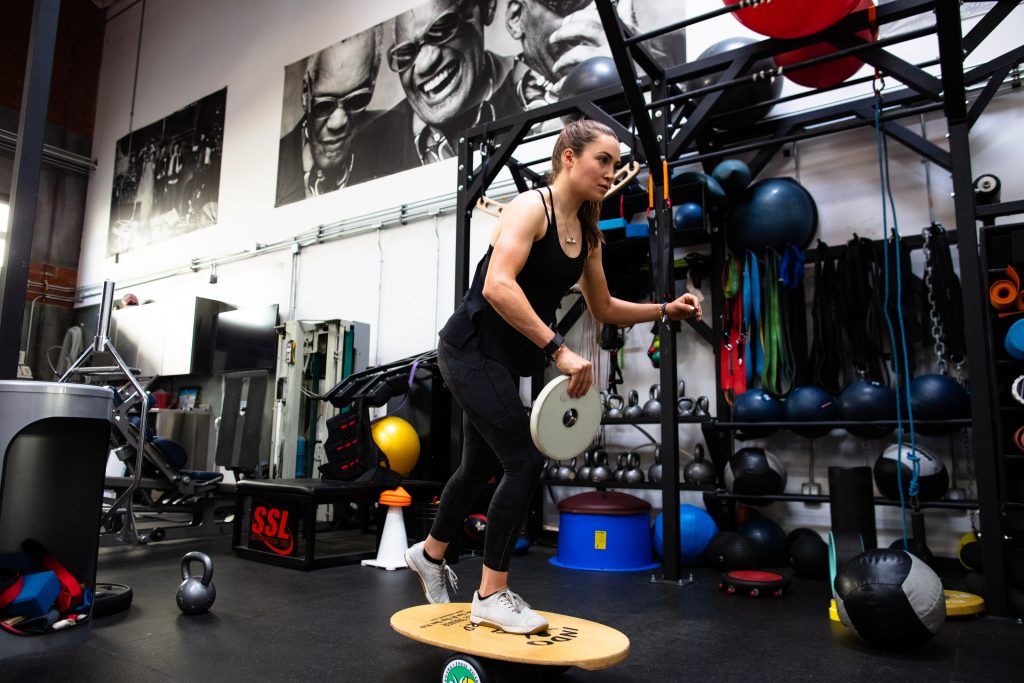
– Gym in season: almost all professionals practice it regularly and even close to important appointments. But the opinions of the coaches and the bikers themselves are still conflicting. What do you think about it?
– I think that if an athlete practices it regularly, at least once a week even in the competitive period (and this is what I generally recommend and have my athletes do), there is no contraindication to practice it even close to an important event , obviously modulating the loads appropriately.
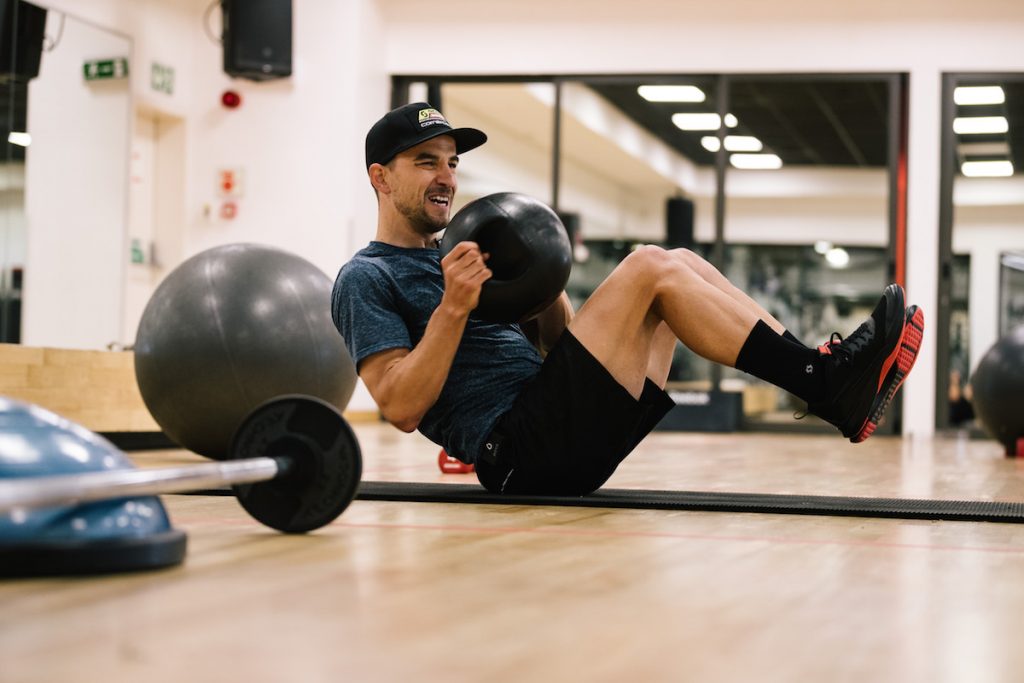
– How do you have to practice it, in season, to get benefits and give your best in the race? What are the most frequent mistakes?
– I would not do important work in the gym in the 4-5 preceding the competition (excluding core stability work) and I would not do important work of maximum strength closer than 8-10 days to the competition. In this period of time it is better to concentrate on work with low load but carried out in a very dynamic way in explosive mode (example: split squat jump, power step up …) or bodyweight, at the limit of small calls of maximum strength.
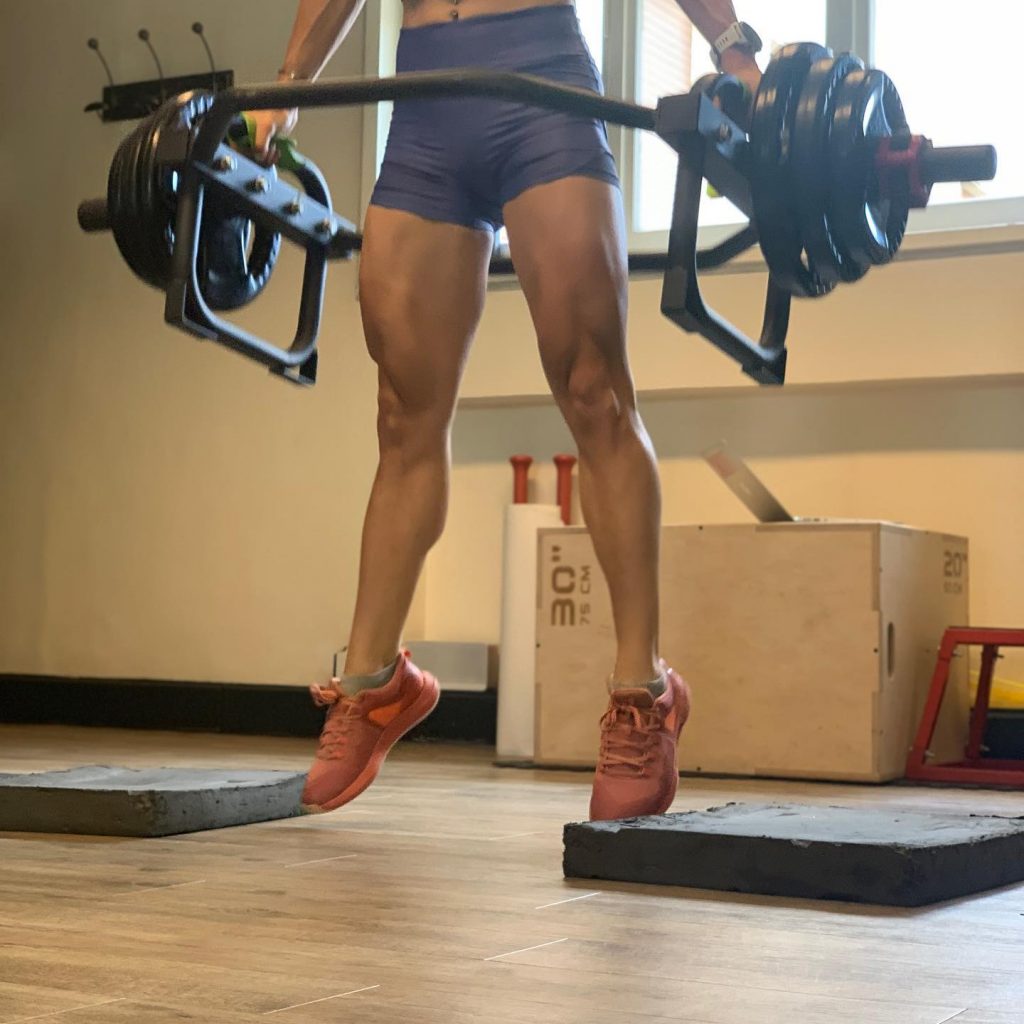
The most frequent mistake may be to work with too high loads close to the race, or to do a gym session a few days after the race but with too long an interval of time compared to the previous one, a situation in which it occurs. a “de-training” that does not allow to adequately absorb the workload of that session, even if perhaps not too demanding. To put it simply, I still have a sore leg for a few days because I’m no longer used to working out in the gym.
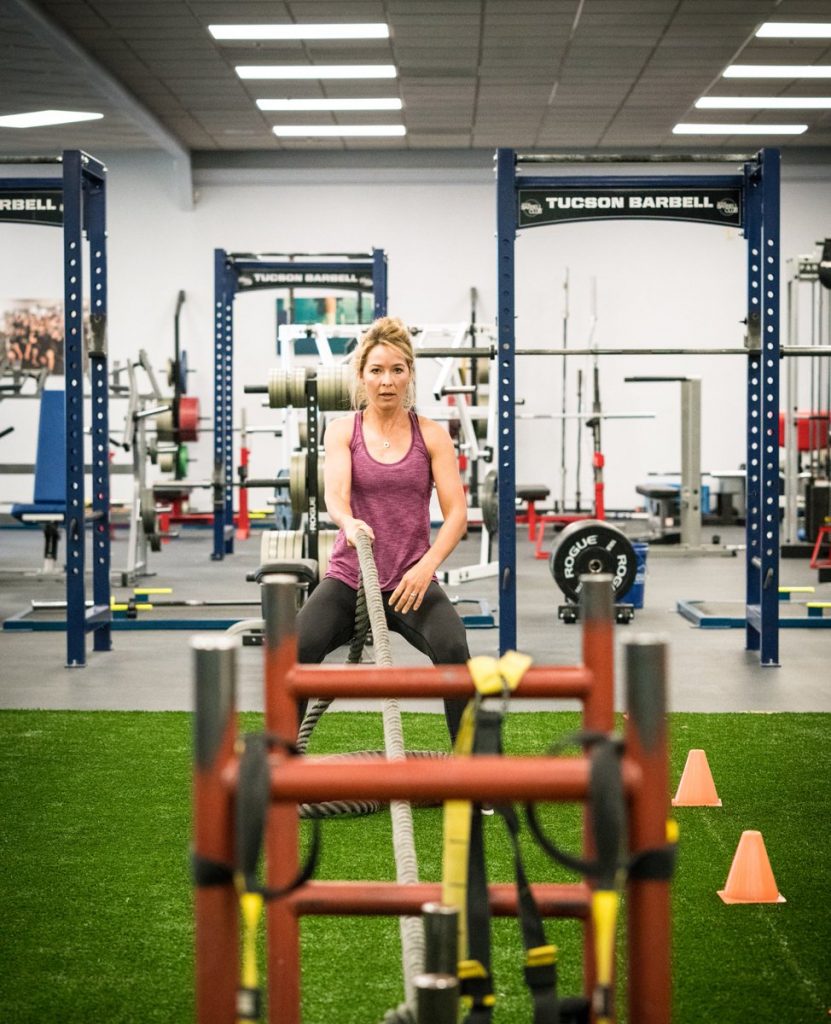
– Many bikers just don’t digest training in the gym or other indoor activities: is it possible to have the same benefits using only the bike?
– The same benefits I would say no. The work of maximum strength, for example, cannot be replicated in the same way on a bicycle, as well as the work of proprioception and those of core stability.
Surely you can do something good even just with the bike, being a vehicle that offers many possibilities thanks to the appropriate use of gears and slope of the road. For example, you can insert sprints with various ratios and different starting speeds, on variable slopes based on what I want to achieve. Or high-intensity short-term jobs (above the threshold as power, so to speak) with long relationships, up to the famous SFRs. With the latter, however, you do more endurance work than strength: they stimulate resistance to strength and are comparable, in some respects, to work in the gym with a low load and a very high number of repetitions.
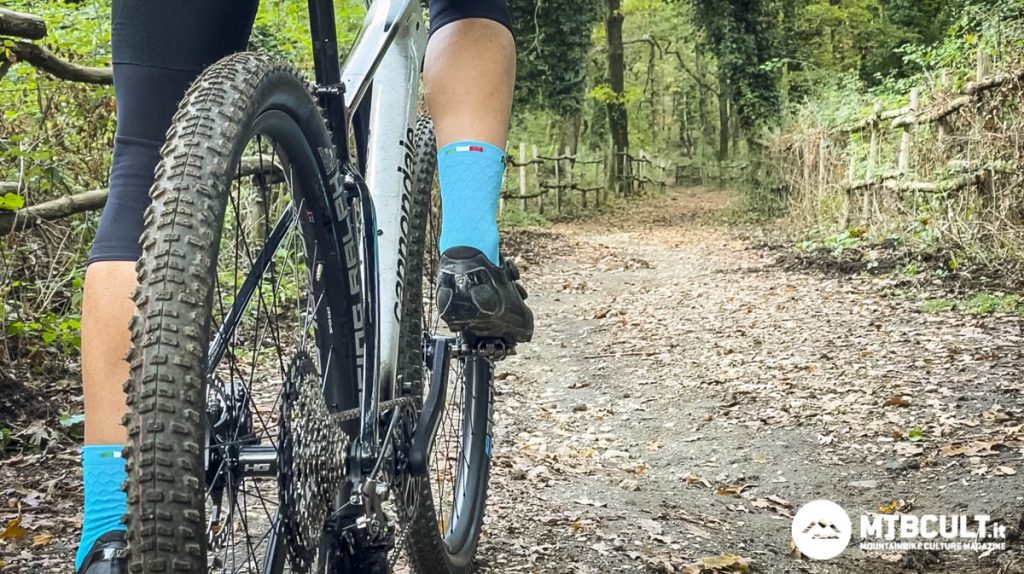
As you will have understood, therefore, training in the gym is an increasingly important element in the athletic preparation of the biker and to maximize the benefits obtained it should be carried out both in winter and during the season competitive (in due ways).
The important thing is to perform certain workouts consistently and in the most suitable way, using your physical characteristics and your goals as a reference point.
The last piece of advice we want to give you is perhaps the most important: be followed by a qualified athletic trainer and possibly a graduate in Sports Sciences, who knows what the needs of those who ride and do not follow the tables of other athletes or, even worse, the standard ones downloaded from the internet …
You want strength training at home? Here are some tips:
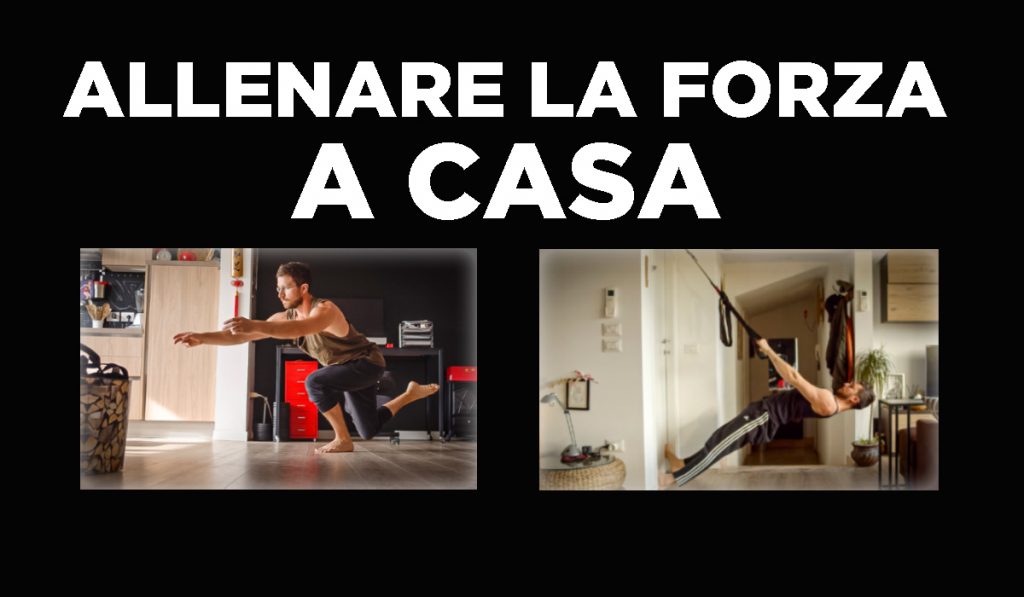
VIDEO – Strength training at home: the best exercises for legs and upper body
Strength training at home: here are the best (and simplest) exercises to do at home, without overloading and without needing a gym …
Read More
www.mtbcult.it
Here more tips on November preparation:
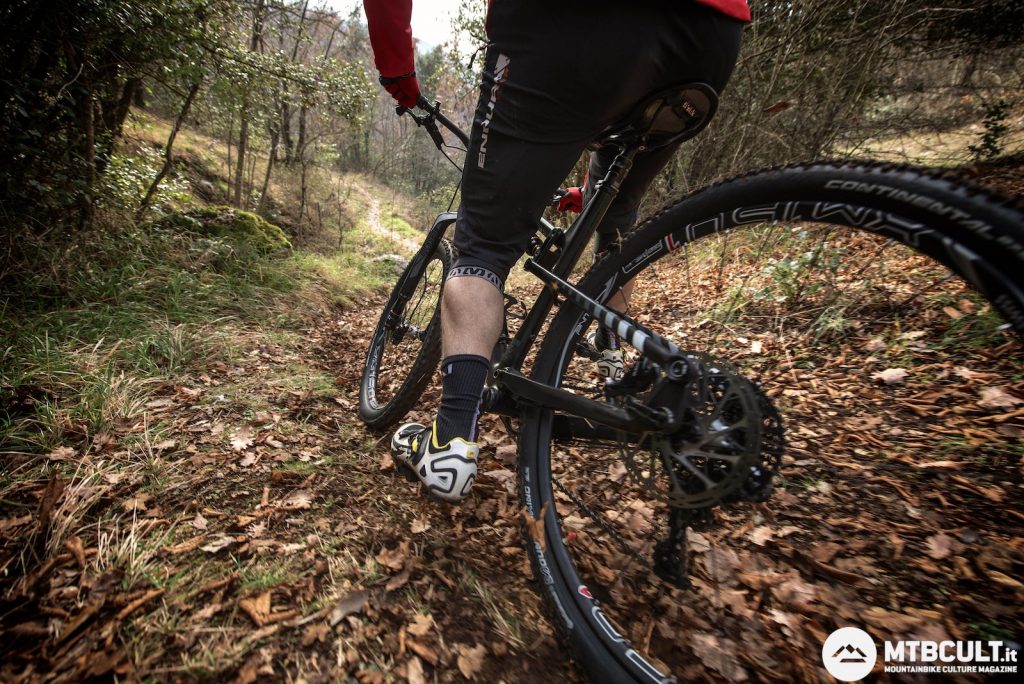
Winter training: tips for the month of November
Winter training for MTB races: here are some tips on how to manage in November, a relatively quiet but delicate month …
Read More
www.mtbcult.it
In the article below you will find 4 bets on training per Xc e Marathon:

VIDEO – 4 videos to prepare for the Xc and Marathon races
How to prepare for the Xc and Marathon season? let’s find out through 4 videos that will guide us in the right way to the future racing season.
Read More
www.mtbcult.it
Here the other articles on training.
